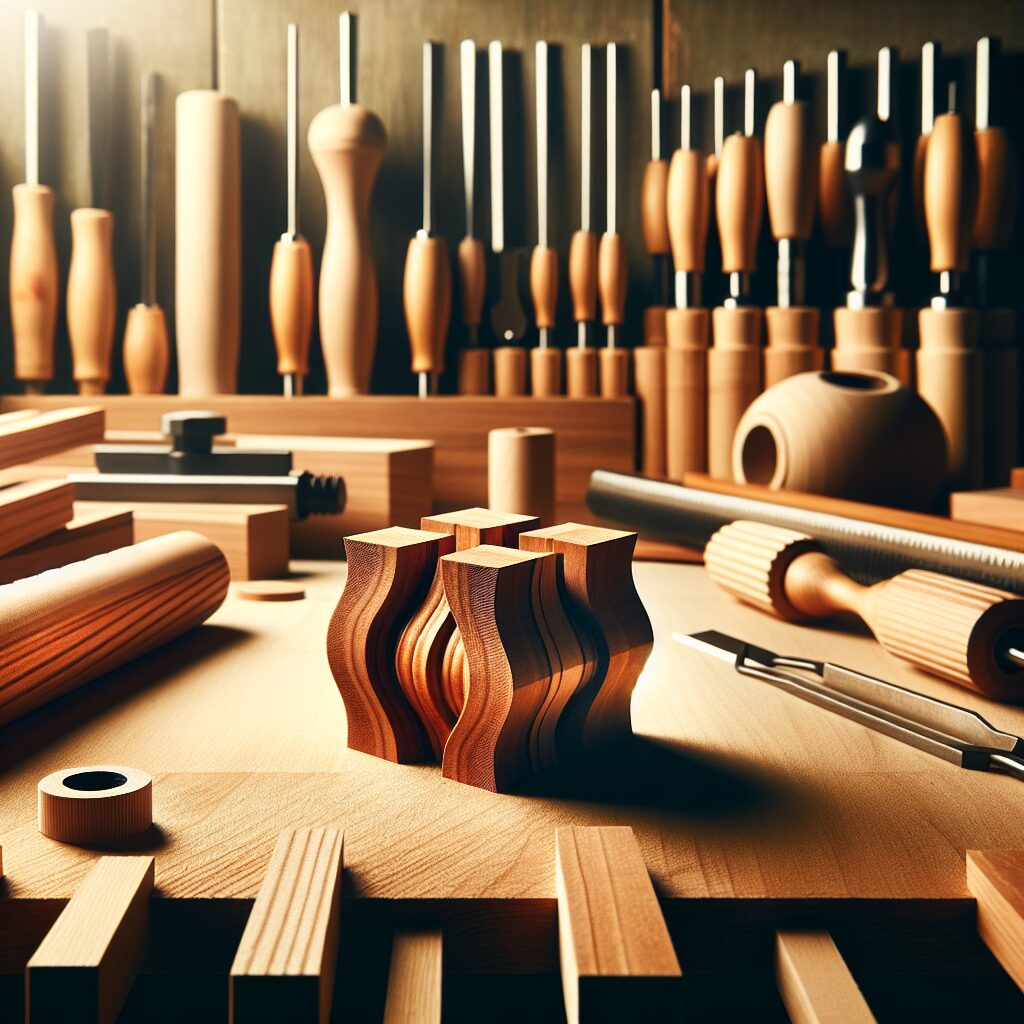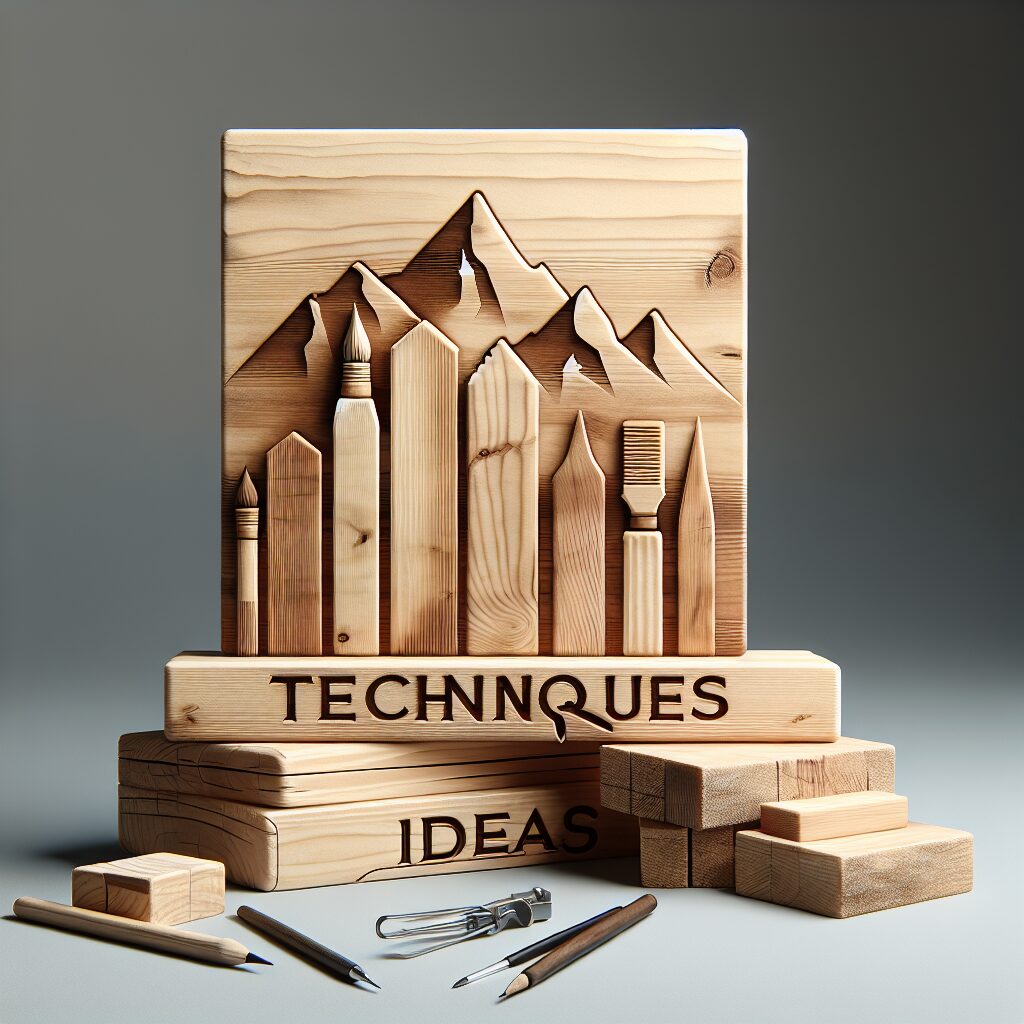Japanese woodworking is more than just a construction method—it’s an art form steeped in centuries of tradition, cultural philosophy, and unparalleled precision. Known for its seamless joinery, refined aesthetics, and deep respect for nature, Japanese woodworking continues to inspire modern woodworkers, architects, and enthusiasts around the world.
In this post, we’ll explore the rich history of Japanese woodworking, the tools and techniques that define it, and why this ancient craft is still relevant in today’s world of design and construction.
The Origins and Philosophy of Japanese Woodworking
Japanese woodworking has its roots in Shinto and Buddhist architecture, where temples and shrines were built without nails. Instead, artisans used intricate wooden joints to create strong, lasting structures. This wasn’t just practical—it was philosophical.
Japanese woodworking embodies the principle of harmony with nature. Every piece of wood is chosen with intention. Rather than forcing the material, craftsmen work with it, understanding its grain, tension, and even its imperfections.
The Uniqueness of Japanese Joinery
Perhaps the most iconic aspect of Japanese woodworking is its joinery system, known as tsugite. This technique allows wooden pieces to be joined without screws, nails, or glue—just pure geometry and precision.
Common Types of Japanese Joints:
- Kigumi joints – Interlocking joints used in temples and homes.
- Shikuchi joints – Corner joints, ideal for strong frames.
- Kanawa tsugi – A traditional scarf joint used to lengthen beams seamlessly.
These joints aren’t just functional—they’re breathtaking in their complexity and visual appeal, often hidden within the structure or highlighted as part of the design.
Essential Japanese Woodworking Tools
Japanese woodworking tools reflect the same elegance and efficiency as the craft itself. Crafted for precision and designed for longevity, each tool is a work of art in its own right.
Key Tools Include:
- Nokogiri (Saw) – Pull saws that cut on the pull stroke, offering cleaner and more controlled cuts than Western push saws.
- Kanna (Plane) – Used to create mirror-smooth surfaces.
- Nomi (Chisel) – Comes in various sizes for intricate carving.
- Sumitsubo (Ink Pot) – A traditional marking tool similar to a chalk line.
Each tool is typically handmade and often passed down through generations.
Popular Japanese Woodworking Techniques
In Japanese woodworking, technique is everything. It’s about patience, discipline, and mastering the fundamentals.
Notable Techniques:
- Shoji Making – Crafting translucent sliding doors using wooden lattice frames.
- Sashimono – Precision joinery used for furniture and boxes.
- Kumiko – Decorative lattice work, often used in Shoji screens and cabinetry.
These methods require no nails and often involve dozens of hours of fitting and finishing.
Why Japanese Woodworking Is Still Relevant Today
Despite the rise of modern machinery and fast construction methods, Japanese woodworking remains incredibly relevant due to its focus on:
- Sustainability – Minimal waste and responsible use of wood.
- Durability – Joinery that lasts for generations without metal fasteners.
- Aesthetics – A clean, minimalist look that’s at the heart of modern architecture.
- Mindfulness – The meditative nature of the craft encourages patience and presence.
This timeless method of working with wood speaks to a world that’s increasingly valuing craftsmanship and sustainability over speed and scale.
Modern Applications of Traditional Methods
Today, Japanese woodworking techniques are influencing:
- Custom furniture design – Especially in minimalist and Scandinavian-style homes.
- Tiny house and eco-home construction – For those looking to reduce material use.
- DIY projects – Hobbyists are turning to traditional joinery to elevate their builds.
- Architectural firms – Integrating Japanese principles into modern buildings.
Even tech companies and modern startups have taken inspiration from the clean lines and purposeful design of Japanese woodworking.
How to Get Started with Japanese Woodworking
If you’re looking to explore this craft, here’s how you can begin:
- Start with the philosophy – Read about Wabi-Sabi and the importance of harmony in design.
- Invest in a few tools – Begin with a Japanese pull saw and a chisel set.
- Practice basic joints – Try making a simple Kumiko pattern or a lap joint.
- Watch master craftsmen – YouTube and Japanese woodworking books are filled with tutorials.
- Take a class – Many woodshops now offer courses in traditional joinery.
The key is to take your time and enjoy the process—Japanese woodworking is as much about how you work as what you create.
Frequently Asked Questions (FAQ)
What makes Japanese woodworking different from Western woodworking?
Japanese woodworking focuses on joinery without nails, uses pull-stroke saws, and places a higher emphasis on working with the natural characteristics of wood.
Do I need special tools to do Japanese woodworking?
Yes, traditional tools like the Nokogiri and Kanna are essential to achieving authentic results, though you can begin learning with standard tools if needed.
Is Japanese woodworking hard to learn?
It takes time and patience, but many beginners start with simple joints and progress to more complex techniques. The learning curve is steep but rewarding.
Can I incorporate Japanese techniques into modern woodworking projects?
Absolutely. Many contemporary woodworkers mix Japanese joinery with modern design to create unique, functional pieces.
Final Thoughts
Japanese woodworking is a beautiful, meditative, and sustainable approach to working with wood. Whether you’re an experienced carpenter or a curious beginner, exploring this tradition can transform how you view craftsmanship and creativity.
If you’re looking to deepen your connection with your craft—or simply want to build something that will last a lifetime—Japanese woodworking offers the tools, philosophy, and techniques to help you do just that.






